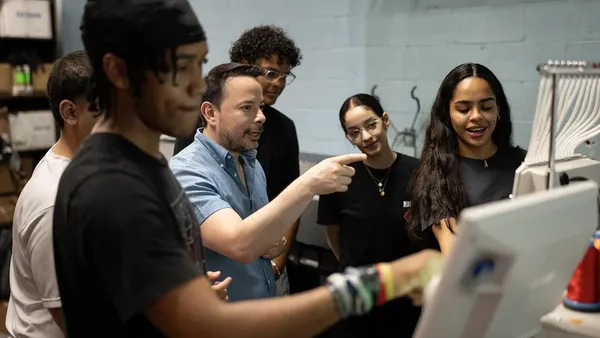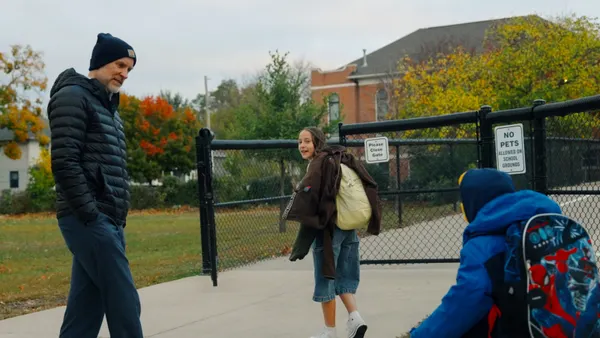Dive Brief:
- As much as people complain about how poorly students know history today, U.S. students from even 100 years ago appeared to be just as uninformed, Sam Wineburg, a professor of education and history at Stanford University, wrote from an adapted excerpt of his book “Why Learn History (When It’s Already on Your Phone)” in Education Week.
- In 1943, just 6% of 7,000 college freshman who took part in a survey could name the 13 original colonies, he wrote. By 1976, college freshman at 194 campuses averaged only 21 out of 42 correct answers on a multiple choice American history test.
- Ultimately, Wineburg believes that educators should remember there was not a “presumed golden age of fact retention” and that students shouldn’t be scolded for “their ‘shameful’ ignorance.”
Dive Insight:
History lessons are chewy, strewn with facts from before students were born — which few children, apparently, end up absorbing. Teaching Tolerance found that only 8% of U.S. high school students knew that slavery was the central cause of the Civil War. Additionally, just 28% of high school seniors scored at least at or above proficient in civics on the 2010 National Assessment of Education Progress, or The Nation’s Report Card, suggesting that schools are not giving students a solid understanding of the history of their own country and the world.
Certainly jazzing up history lessons is crucial to engaging students. But they also need to know where to turn go for accurate information. The Arizona Science Center is working to bring professional development to science teachers, as earlier reported. The nonprofit educational organization Facing History and Ourselves focuses on the events that lead to the Holocaust and other genocides, and serves up professional development webinars and on-demand modules for teachers who need flexible options. The Gilder Lehrman Institute of American History also has an online professional resource class for teachers, which Education Dive wrote about earlier this year.
To make these efforts work, however, administrators must support educators, offering them both time and resources so teachers can enrich their own lessons and their students' learning.









